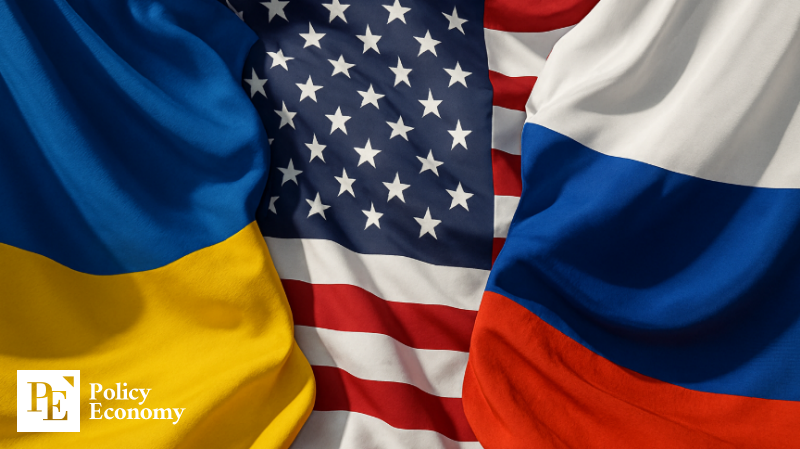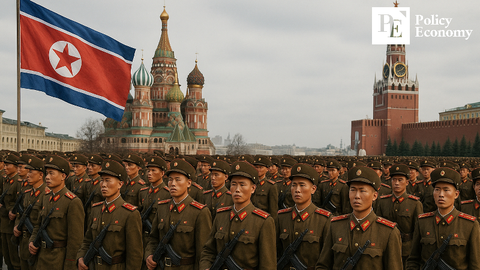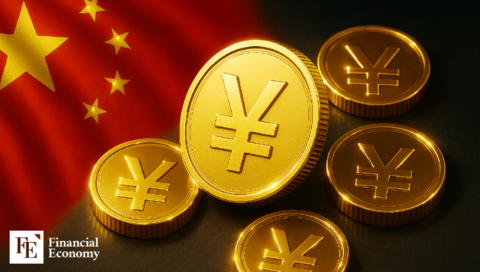Trump, after 2-Hour Call with Putin: “Russia and Ukraine Should Immediately Begin Peace Negotiations”
Input
Changed
Trump Voices Optimism After Talks with Putin Putin Repeats Stance: “Root Causes of the Crisis Must Be Addressed” Ukraine Stresses the Need for a High-Level Summit

In a highly anticipated diplomatic move, former U.S. President Donald Trump held a two-hour phone call with Russian President Vladimir Putin to discuss the ongoing war in Ukraine. Trump emerged from the conversation with confidence and optimism, proclaiming that peace talks between Russia and Ukraine were imminent. But as the dust settled, it became clear that the conversation produced more headlines than results. With President Putin offering no deviation from his entrenched narrative, and global media casting doubt on the impact of the exchange, critics have begun to question whether the former president’s efforts are truly advancing the path to peace—or simply spinning in place.
Trump Expresses Optimism While Hinting at Exit Strategy
According to Reuters and multiple international outlets, the extended May 19 conversation between Trump and Putin focused primarily on restarting stalled peace negotiations between Russia and Ukraine. Following the call, Trump declared via Truth Social, his social media platform, “I believe the conversation with President Putin went very well,” adding confidently, “Russia and Ukraine will immediately begin negotiations toward a ceasefire and, more importantly, an end to the war.”
Trump framed the peace effort as a bilateral matter, stressing that “conditions for negotiations must be agreed upon between the two countries.” His remarks clearly signaled a preference for direct talks between Moscow and Kyiv, rather than continued Western-led mediation. He also projected a post-war economic vision, claiming Russia has “tremendous opportunities to generate jobs and wealth” and expressing agreement with Putin's supposed desire for large-scale U.S.-Russia trade once the conflict ends. Ukraine, he noted, would also be a “major beneficiary of trade during the national reconstruction process.”
However, Trump tempered his optimism with a conditional warning. If meaningful progress is not made, he indicated he may step away from the issue entirely. “If it doesn’t seem like negotiations will happen, I will back away,” he told reporters. Still, he voiced belief that Putin was serious about ending the conflict. “If I thought President Putin didn’t want to end this, I wouldn’t have even brought it up—I would have just stepped aside.”
This dual messaging—hopeful engagement paired with the threat of withdrawal—was seen by some observers as strategic posturing. For others, it was a reflection of the uncertainty surrounding Trump's role in the conflict and his limited leverage in influencing the Kremlin.

Putin Digs In, Media Dismantles Trump’s Narrative
While Trump portrayed the exchange as a breakthrough, Putin made no such commitments. Instead, the Russian leader reiterated familiar grievances, blaming Ukraine and the West for provoking the war. At a press briefing following the call, Putin said Russia was prepared to offer a memorandum to Ukraine proposing a framework for peace talks and would consider a ceasefire “if an appropriate agreement is reached.” However, he insisted that “the key issue is addressing the root cause of the crisis”—a phrase echoing Russia’s long-held claim that the expansion of NATO and Ukraine’s aspirations to join the alliance represent a direct threat to Russian sovereignty.
This stance dashed hopes for immediate progress, and media across the U.S. and Europe responded with sharp criticism. The New York Times accused Trump of “distancing himself from Ukraine’s ceasefire demands,” and argued that his support for bilateral talks effectively aligned him with Putin’s rejection of an immediate ceasefire. The Washington Post contended that the call “helped Russia avoid blame for refusing an unconditional ceasefire,” portraying the exchange as a political smokescreen. CNN offered an even harsher analysis, stating that Putin had shown “he doesn’t really need Trump,” suggesting the call did more to reinforce the Russian leader’s position than to disrupt it.
Across the Atlantic, The UK’s Telegraph took issue with Trump’s focus on economic prospects rather than the human cost of the war. It argued that the former president “appeared more interested in trade opportunities with Russia than in understanding why the Ukraine war erupted in the first place,” effectively accusing him of sidelining moral considerations in favor of future business dealings.
Putin’s defiance and the scathing international coverage raised further doubts about Trump’s strategy. By insisting that the West is responsible for the conflict while avoiding meaningful concessions, the Kremlin has signaled that it is not prepared to meet Ukraine’s core demands—particularly those related to sovereignty, territorial integrity, and security guarantees.
Zelensky Urges Collective Action and U.S. Involvement
In contrast to Trump’s unilateral optimism and Putin’s blame-shifting, Ukrainian President Volodymyr Zelensky offered a measured but firm response. Speaking at a press conference on May 19, Zelensky confirmed that Ukraine was ready to review any memorandum or formal proposal Russia might offer, noting that Ukraine would “examine it and establish our own vision accordingly.” He emphasized that Kyiv remains open to a diplomatic process—but only under conditions that respect Ukrainian sovereignty and do not reward Russian aggression.
Importantly, Zelensky proposed a high-level multilateral summit, inviting not only Ukraine and Russia but also the United States, European Union, and United Kingdom to participate. The aim is to create international pressure on Russia and ensure that peace talks are not dominated by bilateral compromises that ignore global security interests. Observers interpret this move as a strategic shift—Zelensky seeking to anchor negotiations in a broader international framework that prevents Russia from controlling the narrative.
Zelensky also made it clear that U.S. involvement remains critical. “Only Putin benefits from America stepping away from mediation,” he warned. “It is vital for all of us that the United States remains actively engaged in peace discussions.” His remarks were a direct response to Trump’s suggestion that he might “back away” if talks stall—an implicit appeal to Washington to maintain leadership in peace efforts, regardless of political shifts.
The Ukrainian leader also drew a red line around territorial sovereignty. He unequivocally rejected any conditions that would require Ukrainian forces to withdraw from the four regions currently under partial Russian occupation. “We will not accept any conditions requiring Ukrainian forces to withdraw from territories under our control,” he said. “Russia continues to make such demands even though they know we will not accept them.” He concluded with a blunt assessment: “This proves that they do not truly want peace.”
The Trump-Putin call has reignited global attention, but it has also exposed the deep and persistent divides that still define the Russia-Ukraine war. While Trump has positioned himself as a would-be peacemaker, the realities on the ground—and the rhetoric from the Kremlin—suggest that substantive progress remains elusive. With Ukraine holding firm and the international community watching closely, the path to peace will demand more than optimism. It will require accountability, collaboration, and an unwavering commitment to justice.





















